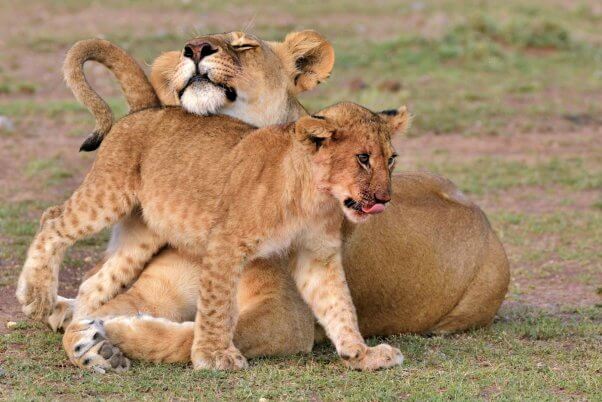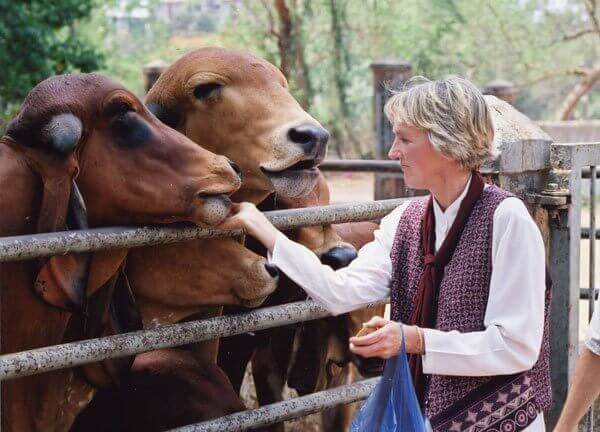VIDEO: Exploited Lion ‘Attacks’ Man at Circus—Animal Acts Everywhere Must End!
At a circus in Wanrong County, China, visitors watched in horror when an adolescent lion suddenly attacked a man through the bars of a cage during a forced performance. After watching the video below, ask yourself: “How many “animal attack” videos like this need to go viral before circuses everywhere stop exploiting living, feeling animals for ‘entertainment’?”
During a circus performance in a Chinese village during the Lunar New Year, a lion suddenly attacked a spectator, sparking panic among the audience. Online observers remarked on the lion's pitiful, emaciated appearance, suggesting it was driven by hunger. pic.twitter.com/WO92b2GWOy
— China Confidential (@Chinaexposed101) February 1, 2025
Footage of the incident shows several spectators closely surrounding a small cage, where a circus trainer was prodding the young lion with long sticks and making them jump through a hoop. Moments later, the lion pounced on a man standing outside the cage, seemingly attempting to maul him. The lion released the man after circus handlers repeatedly poked and struck the animal with sticks.
It shouldn’t be surprising when animals lash out.
Incidents like this happen all too often at circuses, where handlers often beat animals, deprive them of food, and confine them to small cages. Big cats exploited in circuses can’t exercise, roam, meaningfully socialize, hunt, play, choose a partner, nurture their young, or do anything else that is important and natural to them.
Circuses often cart big cats around in barren cages, forcing them to eat, drink, sleep, defecate, and urinate in the same place. Sometimes, the only time these animals are let out of cages is during shows—when trainers whip them and force them to perform demeaning, confusing tricks in front of roaring crowds. The stressful, unnatural environment can cause some to pace back and forth in their cramped cages.
When big cats or other animals at circuses attack humans, it’s out of the immense stress, fear, and frustration caused by violence, extreme confinement, and exploitation.
In their natural habitats, lions travel vast distances through plains and high grasses. These social animals form close, lifelong bonds with their fellow pride members, with whom they share hunting responsibilities, cooperate to protect their families, and collectively raise cubs. In circuses, big cats’ lives consist of abuse, isolation, neglect, and deprivation.

As many incidents have shown, exploiting big cats and other animals in circuses isn’t just cruel—it’s extremely dangerous. Since 1990, in the U.S. alone, at least 130 captive big cats and 25 humans have died, and more than 290 humans have been injured as a result of forcing big cats to be in close contact with humans.
What YOU Can Do
Never go to a circus that uses animals—instead, support animal-free circuses. While you’re at it, never patronize any business that exploits animals, including seedy roadside zoos. Big cats and other animals don’t want to be put on display to be gawked at or forced to perform under the threat of violent punishments. YOU can help by telling Carson & Barnes and other circuses to drop animal acts and taking rapid action for big cats.
More Articles Like This:

